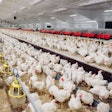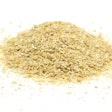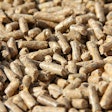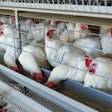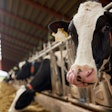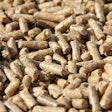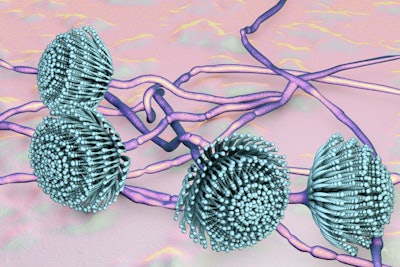
Toxins found in feed, even in small amounts, can lead to organ failure
It is imperative to control ingested mycotoxins from feed while they are still inside the gastrointestinal tube (lumen). Some will eventually escape any anti-mycotoxin agent and enter the blood stream. They will end up in the liver, where this organ will attempt to neutralize it. Here it is what happens there.
Liver detoxification process
Absorbed mycotoxins, like all toxins, are detoxified in the liver, assuming the liver is not overpowered and in good health. There, the detoxification is a two-phase biotransformation process:
Phase I: Addition of a functional group (e.g., hydroxyl or carboxyl group) to the toxin. This causes the toxin to become more reactive with other compounds so that it may become even more polar in the next phase.
Phase II: The modified toxin is now conjugated with endogenous substrates (e.g., glucuronic acid or sulfate). This transforms the toxin to a highly polar compound that can be excreted easily through the bile and urine.
Failure of the above biotransformation leads to hepatotoxicity and consequently to liver damage, which causes significant loss of performance, health problems and even death.
Mycotoxins and liver damage
Even short-term exposure to unchecked mycotoxins suffices to cause significant liver damage and loss of performance. In a relevant study (Meissonnier, 2007), pigs were given 385, 867 or 1807 micrograms aflatoxin B1 per kg feed for four weeks. Pigs receiving the highest level of aflatoxin developed clear signs of aflatoxicosis: hepatic dysfunction and decrease in weight gain. Nevertheless, pigs exposed to the lower levels of mycotoxins also showed clear signs of impaired metabolism and biotransformation (liver trying to detoxify the mycotoxins). Thus, even the slightest level of mycotoxins that enters the system is increases the burden on liver, something that is of importance to older animals such as layer hens, dairy cows and sows.












